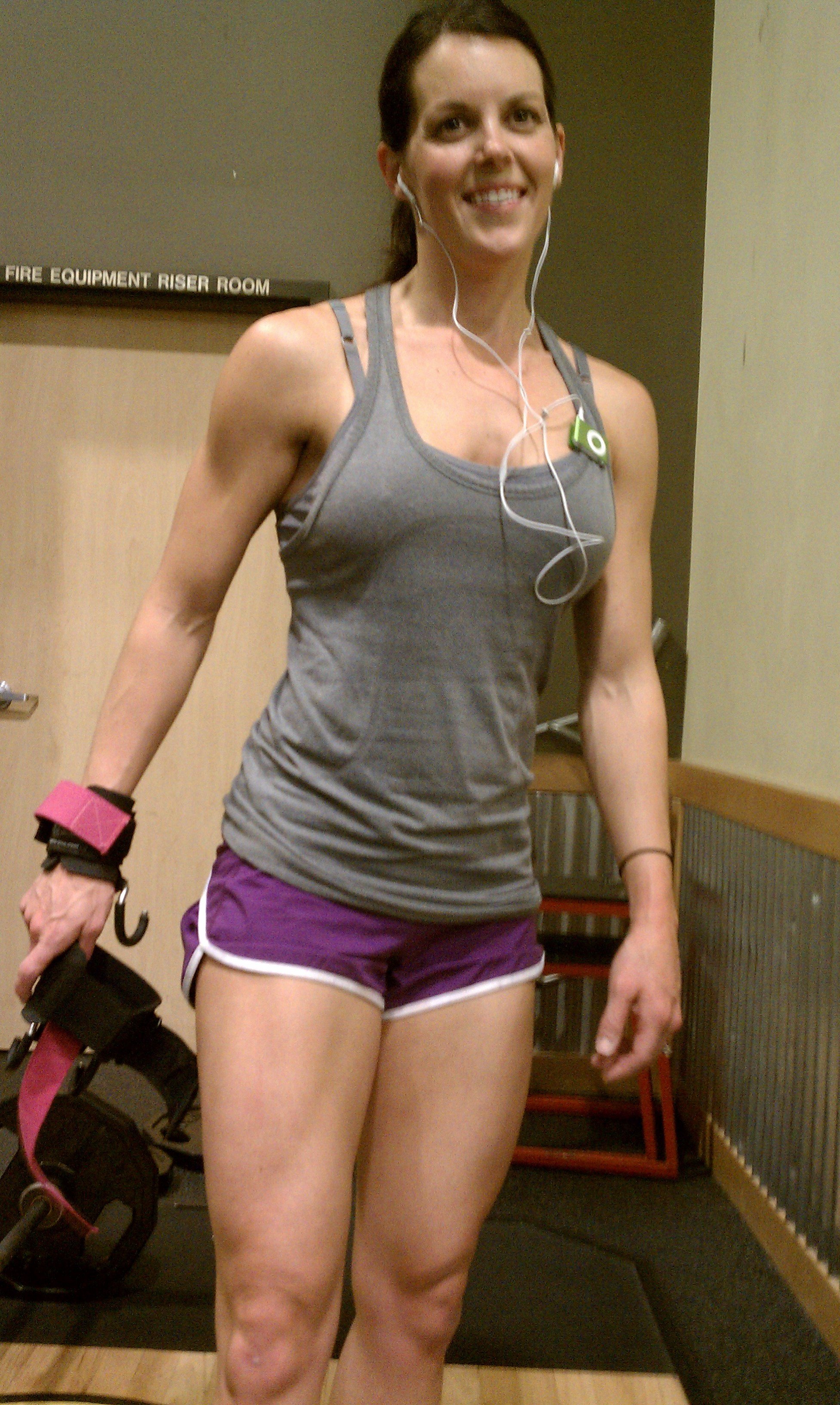

Whereas traditional lawyering may entail simply spotting issues that can be resolved through litigation or formal legal recourse, community lawyering can approach citizen-identified problems as opportunities to engage stakeholders in a broader conversation in the hope of building authentic, trusting relationships.

(See Ross Dolloff & Marc Potvin, Community Lawyering-Why Now?, 37 Clearinghouse Review 136 (July–Aug. Whereas the traditional lawyering model sets up an adversarial dynamic between parties, community lawyering may engage alternative systems of relational power or power sharing aimed at ultimate reconciliation or compromise, founded on a recognition of common interests between parties. These ideas were applied to the practice of law at least as far back as 1970 in the form of a Yale Law Journal article where Stephen Wexler outlined a number of ways in which effective lawyering in an impoverished community is different from the traditional practice of law. members of the community, to address problems and effect change. They define “community lawyering” as “using legal advocacy to help achieve solutions to community-identified issues in ways that develop local leadership and institutions that can continue to exert power to effect systemic change.” The concept grew out of the older ideas of community organizing generally pioneered by Saul Alinsky’s work in 1930s and 40s Chicago, where, broadly speaking, the goal is to promote the empowerment of citizens, i.e. The Shriver Center in Chicago provides training on a particular model of community-based lawyering. ( Gratitude to Rodrigo Sanchez for assistance in compiling data on 53206.) Continue reading “Marquette Teams Make Successful Showing at NMCC Regionals” A Community Lawyering By: Joseph Riepenhoff Posted on NovemDecemCategories Alumni Contributor, Civil Rights, Legal Practice, Milwaukee, Public, Race & Law Leave a comment» on A Community Lawyering We appreciate the students who participated as bailiffs: Alicia Bernards, Suzanne Caulfield, Vanessa Flores, Joshua Kundert, and Daniel Sievert. He was ably assisted by his committee, consisting of John Black, Colin Dunn, Danielle Gorsuch, Tyler Jochman, Peter Klepacz, Darrin Pribbernow, Alexander Sterling, Lucas Tabor, Brandie Tartza, and Caleb Tomaszewski. Moot Court Associate Justice Jake Rozema put in countless hours to ensure the competition ran as smoothly as it did. We are grateful for the time donated by the many judges and lawyers who judged the briefs and oral arguments for the NMCC Region VIII regionals. Our teams put in many hours of practice to prepare for the competition. Our students benefit greatly from working with them. We are lucky to have coaches who come back year after year.

Our attorney coaches are extremely dedicated and put in many hours of work with our students. Professor Lisa Mazzie advised the team, and attorneys Bryn Baker (L’18), Chal Little (L’16), and Nicole Muller (L’18) coached the team. Professor Melissa Love Koenig advised the team, which was coached by attorneys Jason Luczak, Brianna Meyer (L’17), and Max Stephenson (L’13).īrooke Erickson, Micaela Haggenjos, and Kylie Owens advanced to the quarterfinals before being eliminated after losing a close round to the other Marquette team. That team also had the third highest brief score* in the region. Team members Kylie Kaltenberg, Abby Hodgdon, and Kieran O’Day advanced to the semifinal round before being eliminated after losing by less than one-half point. Both Marquette teams made successful showings. Marquette University Law School hosted the Region VIII round of the 70th annual National Moot Court Competition on November 23-24, 2019. Marquette Law students who participated in the NMCC Region VIII competition (left to right): Kieran O’Day, Abby Hodgdon, Brooke Erickson, Kylie Owens, Micaela Haggenjos, and Kylie Kaltenberg.


 0 kommentar(er)
0 kommentar(er)
